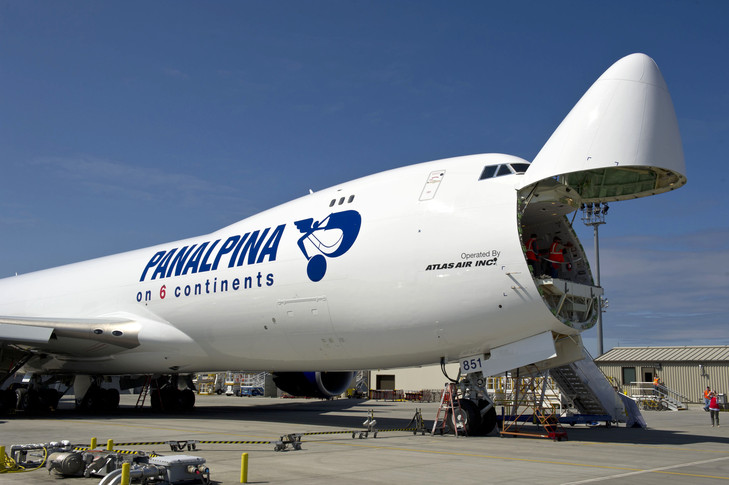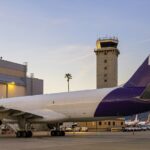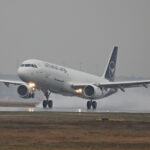Shippers warned to book now or face rate spikes and delays in busy peak for air cargo
27 / 07 / 2017

Panalpina has warned shippers to book their airfreight shipments as early as possible to avoid a spike in prices and capacity shortages during what is expected to be a busy peak period.
The Switzerland-based freight forwarder said that the summer period is traditionally a calmer period, but this year has been an exception with a strong market development which it said is likely to continue for the rest of the year, further widening the gap between supply and demand.
It said the Far East peak season is expected to start earlier and be even stronger than last year’s, while the transatlantic trade is already seeing tight belly capacity during a period where airlines have added capacity for the summer season.
This will eventually be phased out, tightening supply and demand on the trade further.
Panalpina is not the only forwarder to report a tight supply and demand situation.
Flexport has said the airfreight market, especially from Asia to North America, is the strongest is has been for the past six to seven years driven by e-commerce, new product launches and quarter-end project shipments tying up capacity and the residual effect of ocean alliance shift in April.
“Airlines are prioritising space for e-commerce shipments, which are highly volumetric and therefore consume more space than typical hard freight consolidations,” Flexport said.
Marc van Dommele, regional head of Air Freight Europe at Panalpina, said: “It is in the shippers’ interest to act now and take precautionary actions to avoid capacity shortages, longer transit times and potential delays.
“Such delays can result from busier airports and ground handling agents that have been left crippled by personnel cuts and now cannot reinforce staff on such short notice. Overbookings and capacity shortages could also lead to cargo not being uplifted at all.”
Lucas Kuehner, Panalpina’s global head of Air Freight, added: “Whatever the challenge is, we can find a solution. However, the longer shippers wait, the more expensive these solutions will become.
“Overall market rates remain high in comparison to 2016 and show no signs of dropping. The closer we get to peak season, the more airlines will increase rates for secured capacity. And when this happens, we will have to pass these price increases on to shippers.”
To meet the growing demand, Panalpina has added to its charter network and said it can organise ad hoc flights and on-board courier for immediate uplift.
The forwarder pointed to figures from analyst Seabury that show demand growth in airfreight across all industries continues to outpace capacity growth in 2017, in Europe in particular, thus creating a market imbalance.
“Many Europe-related key trade lanes have seen double-digit growth rates, in one case as high as 28%,” Panalpina said.
“Furthermore, and as a result of the Hanjin Shipping bankruptcy and the recent cyber attack on Maersk, which also affected port terminals and customs offices, ocean freight capacities have been reduced, resulting in mode switches from sea to air.
“On the supply side, airlines have continuously rationalised their freighter capacities over the past years by grounding freighters or re-routing them to benefit from the animated ad hoc market; this in an attempt to increase load factors and yields.
“On top of that, the capacity growth fuelled by the Middle Eastern carriers Emirates, Etihad, and Qatar Airways has stagnated in recent months.”
It added that higher rate levels for cargo flying from China to the US has meant that this freight is increasingly flown the other direction via Europe – further restricting Europe-inbound and outbound air freight capacity.
Finally, new, stricter EU regulations for truck drivers, for example regarding rest periods, have led to a shortage of truck drivers in certain parts of Europe, which again limits air freight export options via different European airports.
Panalpina is not the only forwarder to report a tight supply and demand situation.
Flexport has said the airfreight market, especially from Asia to North America is the strongest is has been for the past six to seven years driven by e-commerce, new product launches and quarter-end project shipments tying up capacity and the residual effect of ocean alliance shift in April.
“Airlines are prioritising space for e-commerce shipments, which are highly volumetric and therefore consume more space than typical hard freight consolidations,” the forwarder said.
See more air cargo data














